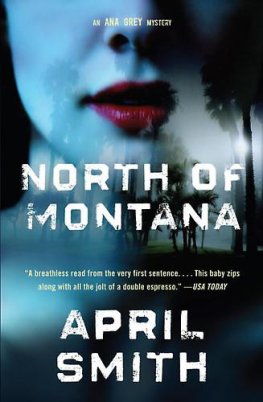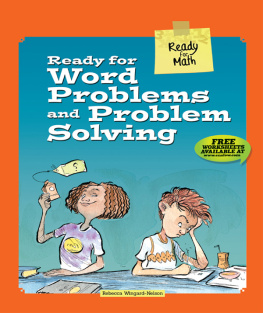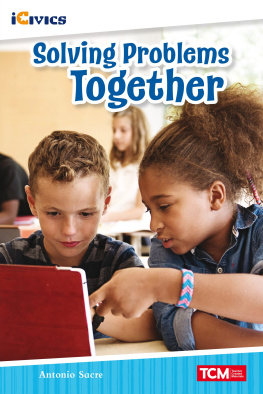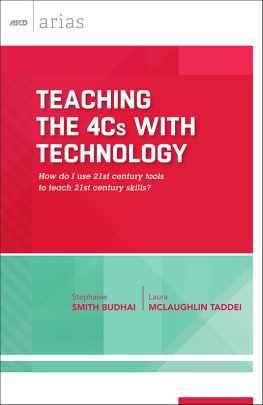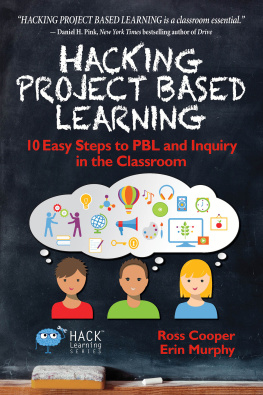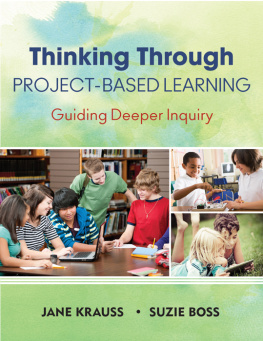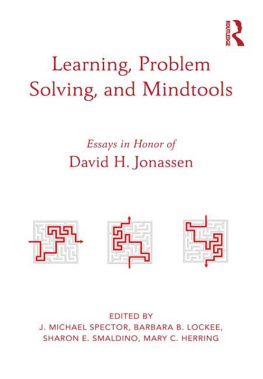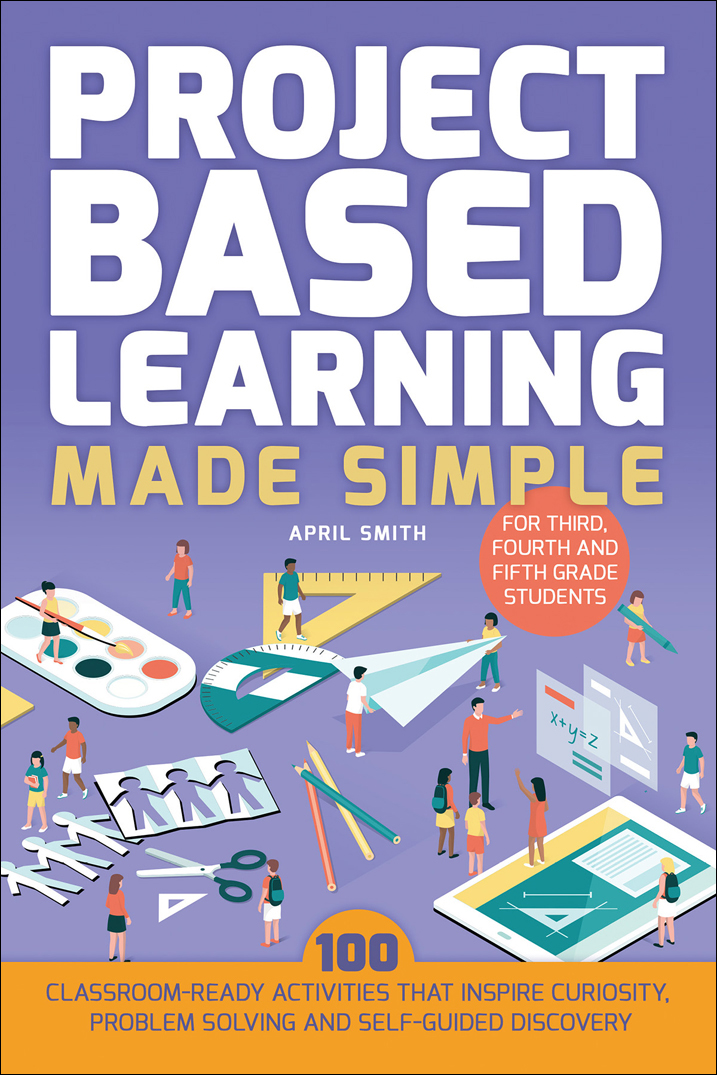
Text copyright 2018 April Smith. Design and concept copyright 2018 Ulysses Press and its licensors. All rights reserved. Any unauthorized duplication in whole or in part or dissemination of this edition by any means (including but not limited to photocopying, electronic devices, digital versions, and the internet) will be prosecuted to the fullest extent of the law.
Published in the United States by:
Ulysses Press
P.O. Box 3440
Berkeley, CA 94703
www.ulyssespress.com
ISBN: 978-1-61243-819-1
Acquisitions editor: Bridget Thoreson
Managing editor: Claire Chun
Editor: Shayna Keyles
Proofreader: Renee Rutledge
Front cover/interior design and layout: what!design @ whatweb.com
Cover artwork: elenabsl/shutterstock.com
PLEASE NOTE: This book is independently authored and published and no sponsorship or endorsement of this book by, and no affiliation with, any trademarked events, brands, or other products mentioned or pictured within is claimed or suggested. All trademarks that appear in this book belong to their respective owners and are used here for informational purposes only. The author and publisher encourage readers to patronize the quality events, brands, and other products mentioned and pictured in this book.
This book is dedicated to my two amazingly curious kids, who I hope will experience classrooms with project-based learning when they enter school.
CONTENTS
Table of Contents
Guide
If youre reading this book, youve either done project-based learning (PBL) before and are looking for new project ideas, or the concept is totally new to you. Either way, Im ecstatic that you want to bring quality project-based lessons to your classroom.
I discovered project-based learning a few years into my teaching career. I had recently moved to a Title I school, and it was very apparent that regular teaching methods were not going to cut it with my students. The traditional teaching structure I had been using at the time was teach, practice, assess, repeat. There was no real-life application of the standards.
As I was trying to figure out what to do with my class, I thought back to when I was in school. I wasnt the ideal student. I was easily bored, and I preferred to do my own thing. If a lesson didnt hold meaning for me personally, I disengaged. But I had one teacher in particular that had no trouble engaging me in her lessons. Almost everything she taught was rooted in real-life application, and there was always a hands-on component. All of this was on my mind when our instructional coach introduced us to something the district wanted to start seeing in our classrooms quarterly: project-based learning. I jumped in feet-first.
Id love to tell you that it was an instant transformation, but it wasnt. It was very messy at first. I had to learn how to effectively plan the lessons, incorporate the standards, and manage my classroom during the activities. But now, its an integral part of my classroom.
Its my sincere hope that this book helps make project-based learning easy for you and your students. The activities are organized by focus subject because this is the organizational structure that most teachers feel most comfortable with. However, you will find that skills from other subject areas will naturally connect with every topic. Remember that project-based learning is best when it incorporates multiple subject areas and is customized to your individual classroom. Ill teach you how to customize these projects in Chapter 2, where I offer suggestions for making connections in every project idea.
Project-based learning is a teaching method where students gain and apply skills by working on a long-term project that involves an in-depth inquiry into a topic or question. It can be used to teach students completely new skills and practice skills they already have a basic understanding of.
Knowing the basic elements of project-based learning is an important part of using PBL in your classroom. Teachers that struggle to find success with PBL are often missing one of these key elements. If you find yourself having difficulty, return to these elements, or check Common Issues on page 156.
Significant content. The project should be focused on curriculum-based knowledge and skills that relate to grade-level standards. This is why choosing a topic is so important.
21st-century competencies. Project-based learning includes skills that are valuable for todays world, such as problem solving, critical thinking, collaboration, communication, and creativity. Most students do not naturally know how to collaborate and communicate effectively, so these skills often need to be explicitly taught within the structure of a project.
In-depth inquiry. The biggest piece of your project will be inquiry into a topic. The process of in-depth inquiry includes asking questions, researching, and discussion.
Driving question (DQ). This guiding question focuses the entire project. It should be open-ended and pique student interest.
Need to know. In order to show students why they need to learn about certain concepts and skills, you need to frame your project within a realistic scenario. I have my students keep a record of what they need to learn using a Need to Know List during each of my projects.
Voice and choice. The key to engagement in project-based learning is allowing students to make their own choices. This doesnt mean that students should do whatever they want, but with teacher guidance and scaffolding, they should choose their end products and decide how they work.
Critique and revision. Critique is meant to help students get feedback in order to improve upon their products. Always build several critique opportunities into your PBL, and have your students get into the habit of writing down specific questions they want answered about their work. After they receive feedback, they will need to make revisions based on the feedback.
Public audience. In most cases, a public audience should be people outside the classroom or school that students can present their end products to. When you choose an audience for your PBL, remember that the best audience is always one thats meaningful and appropriate for the project. Sometimes this is an outside audience, and other times its an audience inside your building. Each project idea included in this book suggests an audience that fits with that topic.
This might seem like a lot to plan for just one lesson, but its important to remember that a project-based learning activity can last for several weeks and hit many skills and standards that span multiple subject areas. Compared to other types of teaching, Ive found that I do far less tedious planning when implementing PBL.
When I train teachers and administrators on the project-based learning planning process, I provide them with two simple forms: a brainstorming page with the elements of PBL, and a pacing calendar that includes a general plan of daily goals. Ive found that the daily lesson plan really varies from teacher to teacher, so I dont include a form for that. My advice to you is to do your daily lesson planning in whatever format works best for you. The brainstorming page and pacing calendar will make it easy to write your daily lesson plans.
Its impossible to write one lesson plan that works for every single classroom. Additionally, standards vary greatly from state to state, and country to country. This is why Ive left the project ideas in this book pretty general, overall. I want you to mold the project-based learning activities within to fit your students and your own personal style.




